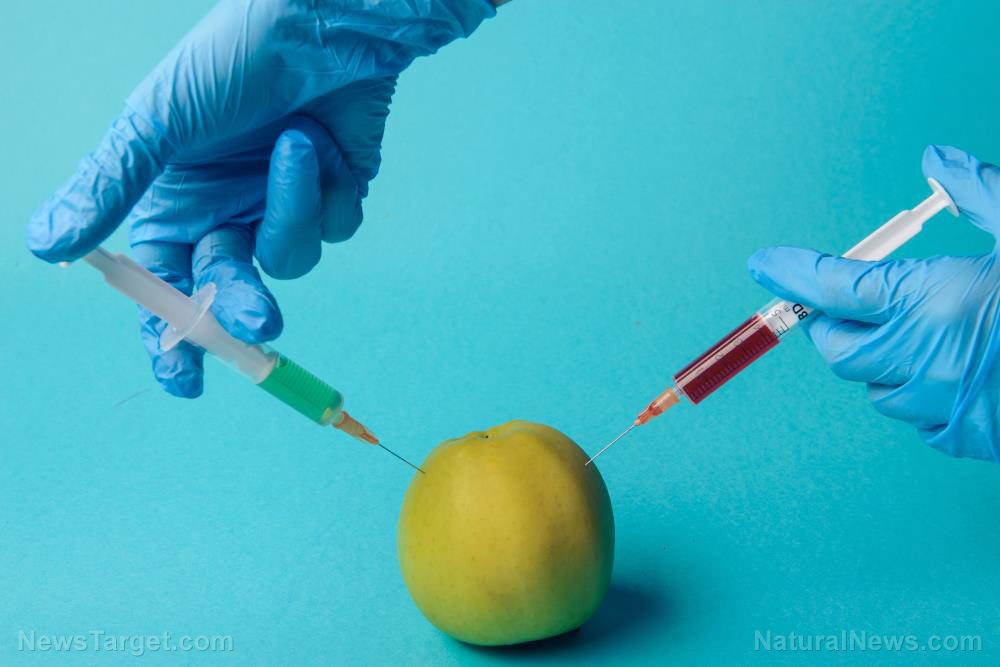
The burden on farmers and researchers has redoubled: Not only do they need to protect valuable crops from diseases, but they now have to take care of native wild grass that has been caught in the crossfire.
The study was supported by three different academic institutions: The University of Kansas (KU), Michigan State University (MSU), and the University of Virginia. Spanning several years, the researchers investigated wheat fields in Kansas and the other vegetation that shared the soil with the crops.
Carolyn Malmstrom is a plant biologist from MSU who served as the co-lead author of the research paper. She explained that farmers and researchers alike used to concentrate their efforts on protecting crops from diseases that came from wild plants.
The current situation is the complete opposite of the past. Pathogens are now originating from croplands. To make matters worse, they are wreaking havoc upon native plants in addition to the non-native crops that they used to affect exclusively. (Related: Natural pest management: Peach farmers are reducing crop loss to stink bugs by planting grains to lure them away.)
The barley yellow dwarf virus can infect switchgrass and stunt its growth
Kansas is considered to be representative of the situation across the Midwest. Vast fields of cereal crops have overrun what used to be grassy prairies. Now the patches of switchgrass and other wild plants are the ones lost in the deluge of domesticated crops.
All that cereal proved to be a spawning ground for a new form of barley yellow dwarf virus. This pathogen targeted important food grasses like barley and wheat, both of which came from the Old World. In recent years, the virus displayed the capability to affect native species like switchgrass.
Switchgrass is one of the most widespread and essential species of grass in North America. The grass has also drawn the attention of bioenergy researchers as a potential substitute for corn in ethanol biofuel.
Given the importance of switchgrass, the researchers took to the fields of Kansas to observe the effects. They also came up with a statistical model for the scenario.
Their combined data showed that the barley yellow dwarf virus could reduce the growth of switchgrass by 30 percent. Worryingly, diseased plants do not overtly appear to be sick, even though they clearly grow much slower than they normally do.
Crop diseases are targeting domesticated and wild plants alike
MSU researcher Malmstrom noted that domesticated crops were bred to grow quickly and produce large yields. To do so, humans skimped on developing other traits such as resistance to diseases.
A fast-growing crop that is vulnerable to a disease would end up serving as a breeding ground or carrier for the aforementioned illness. The viruses would not only spread quickly but also undergo mutations that make them more infectious.
"In these ‘domesticated’ landscapes, farmers, conservation biologists and epidemiologists need to be aware that diseases from crops can move into wild and native plants, which may need protection," Malmstrom said.
The study restricted itself to observing the changes in the barley yellow dwarf virus. Its findings stressed that researchers need to pay attention to the way crops influence native plants. Malmstrom also encouraged further examination of virus ecology. More research should be conducted on the interactions between crop viruses and natural ecosystems.
That way, even if a new virus appears and threatens an important species, researchers will have an established pool of knowledge to draw upon.
Stay informed about new developments that involve crops at Harvest.news.
Sources include:
Please contact us for more information.























